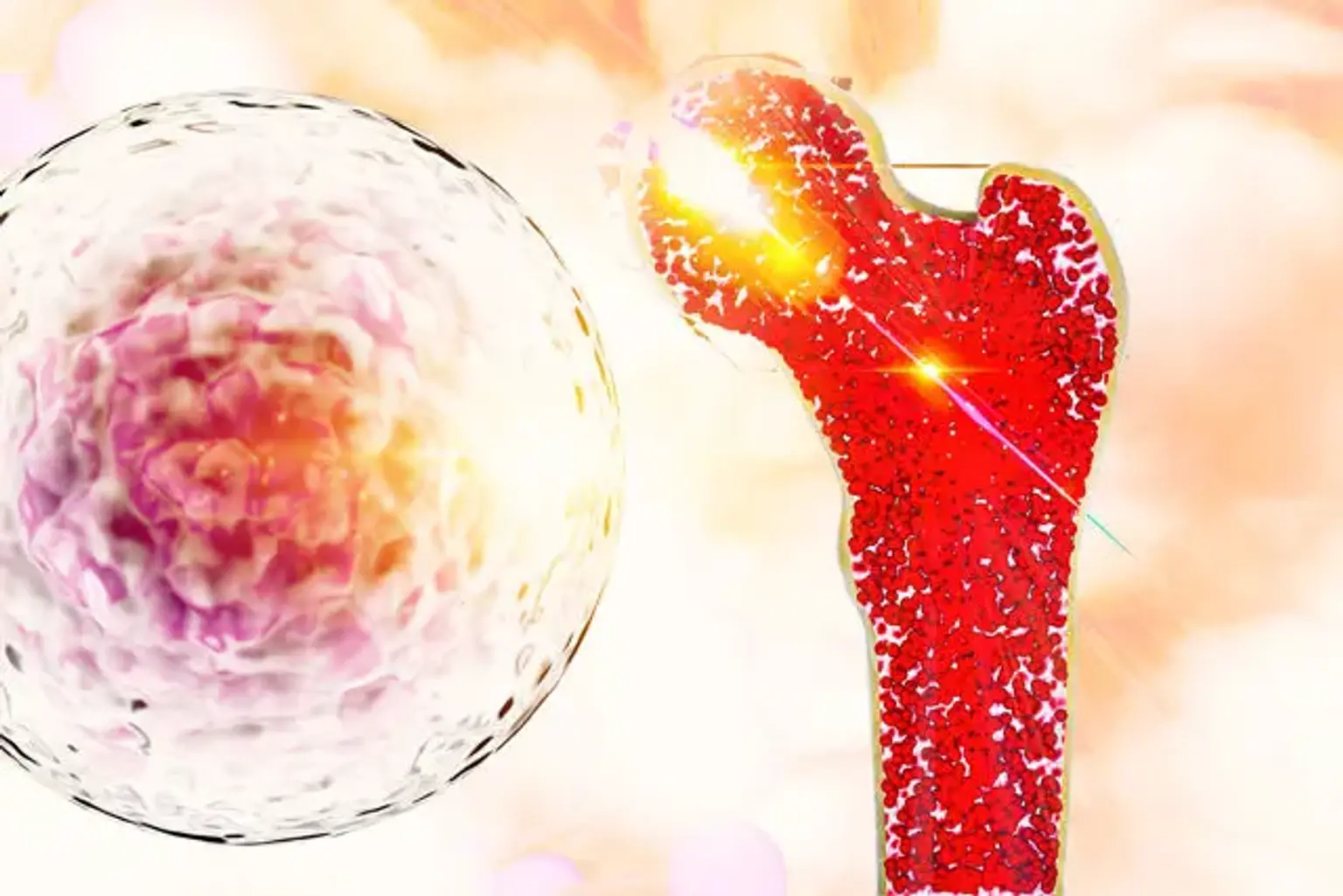Bone cancer
The term "bone cancer" refers to a variety of malignancies that grow within the bones. Normal bone tissue can be harmed when cancer cells develop in a bone. The type of bone cancer depends on the type of cell and tissue in which the disease starts.
Generally, bone cancer is a rare disease, accounting for about 1 percent of all malignancies. They can affect anyone at any age, but they are more frequent in children, teenagers, and young adults, unlike in older persons.
Primary bone cancers are tumors that start within the bone itself. Most cancers that form in the organs or other body parts can metastasize to the bones and other body parts. Secondary or metastatic bone cancers are the term for these growths. Examples of cancers that mostly spread to the bones are breast, prostate, and lung cancers.
